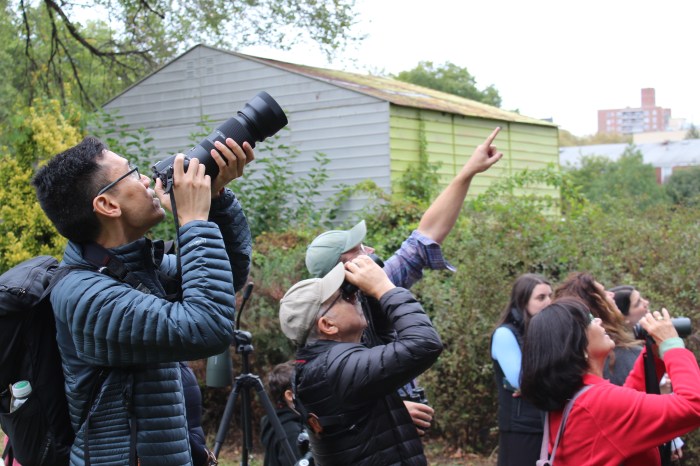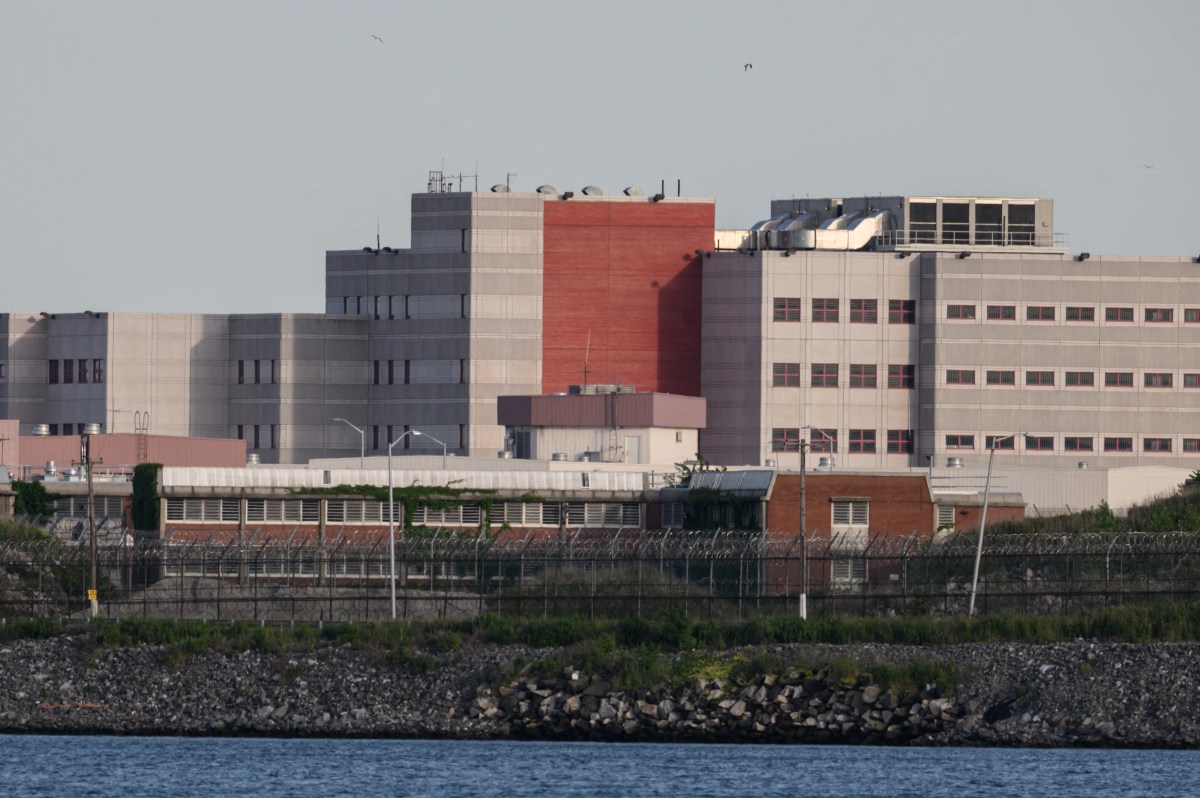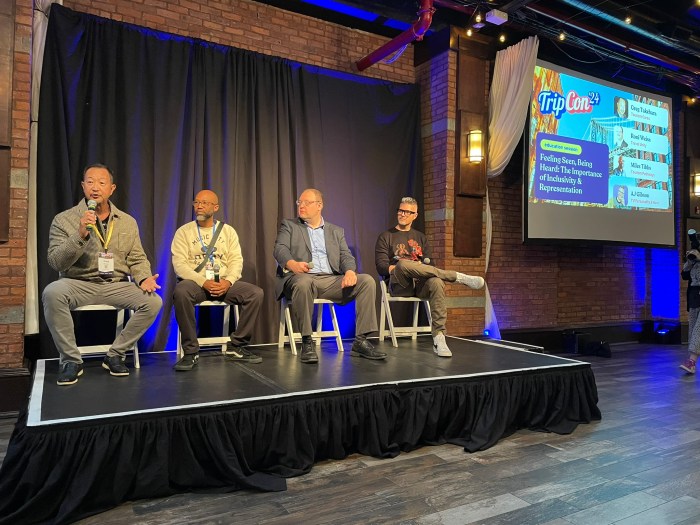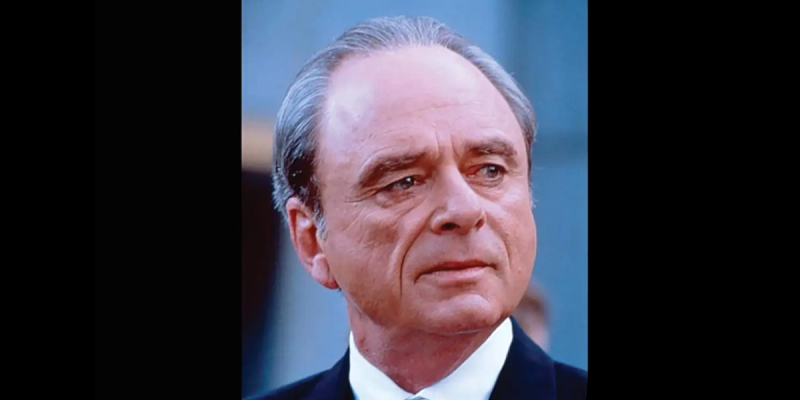A recent cornea transplant has given Sheyla Camacho a new look at life - literally.
Originally from the Dominican Republic, Camacho came to the United States when she was 12 years old and was raised in Elmhurst. It was then, in 1986, that she first started to notice vision problems. When she was 22, Camacho began wearing hard contacts.
In October of 2004, Camacho first met with Dr. Douglas Buxton, the Medical Director of the Buxton Eye Surgical Group. She was diagnosed as having keratoconus in her left eye, which cause the cornea to become cone shaped.
As her vision problems progressed, Camacho had to rely on her right eye to see. An example of how this impacted her life occurred when she almost got into a car accident while driving when the contact came out of her right eye, leaving her unable to see in traffic.
Buxton recommended that Camacho have a cornea transplant, which she underwent on June 26, 2007. A new cornea was obtained through The Eye-Bank for Sight Restoration.
Serving New York City, Long Island and parts of the lower Hudson Valley region, The Eye-Bank provides donor tissue for about 90 transplants a month. Executive Director Patricia Dahl said that the average wait is approximately a month.
When receiving a cornea for transplant, Buxton said that some of the factors that are taken into consideration are the donor’s health and age. He also said that, although it may not exclude them from being able to donate, they like to be made aware of any previously had complicated eye surgeries.
“The next day [after the surgery], it was a miracle. I could see so clearly,” said Camacho, a mother of two who now lives in Valley Stream. “I looked at my daughter and I saw a birth mark I had never seen before.”
Camacho said that she didn’t know how beautiful her daughters, ages one and six, were until she had the surgery. She said that she now has no vision problems and only uses eye drops for dryness.
“It [the surgery] means the world to me,” Camacho said. “I’m a new person now because I don’t have to just rely on one eye. It’s amazing.”
Buxton said that Camacho has a very good prognosis. He said that although there is still a chance of rejection, the more time that passes the better the odds that the new cornea will not be rejected. He also said that patients must remain vigilant and make appointments if there are extended times of pain, decrease in vision or redness. Typically Buxton said that he sees his patients about twice a year for check ups.
Dahl said that in order for such transplants to be possible there is always a “generous” family who has consented to donate the eyes of a loved one, in turn “giving the gift of sight.” She said that the most rewarding part of her work is meeting the recipients and seeing how their lives are once again normal and how grateful they are. Dahl also described it as a blessing to meet the donor families and know that they thought of someone else, even during their time of loss.
To find out more about The Eye-Bank for Sight Restoration, which was formed in 1944, and how to become a donor, visit www.eyedonation.org.





























